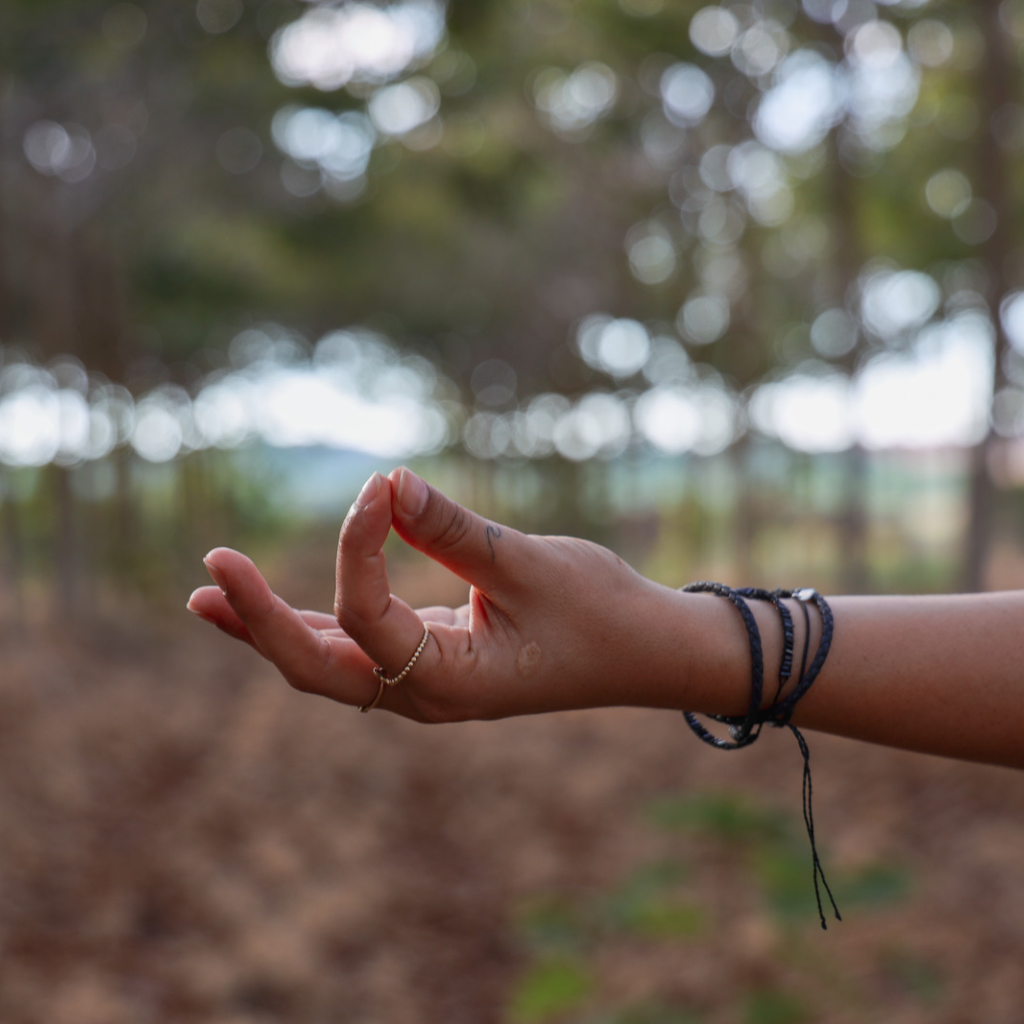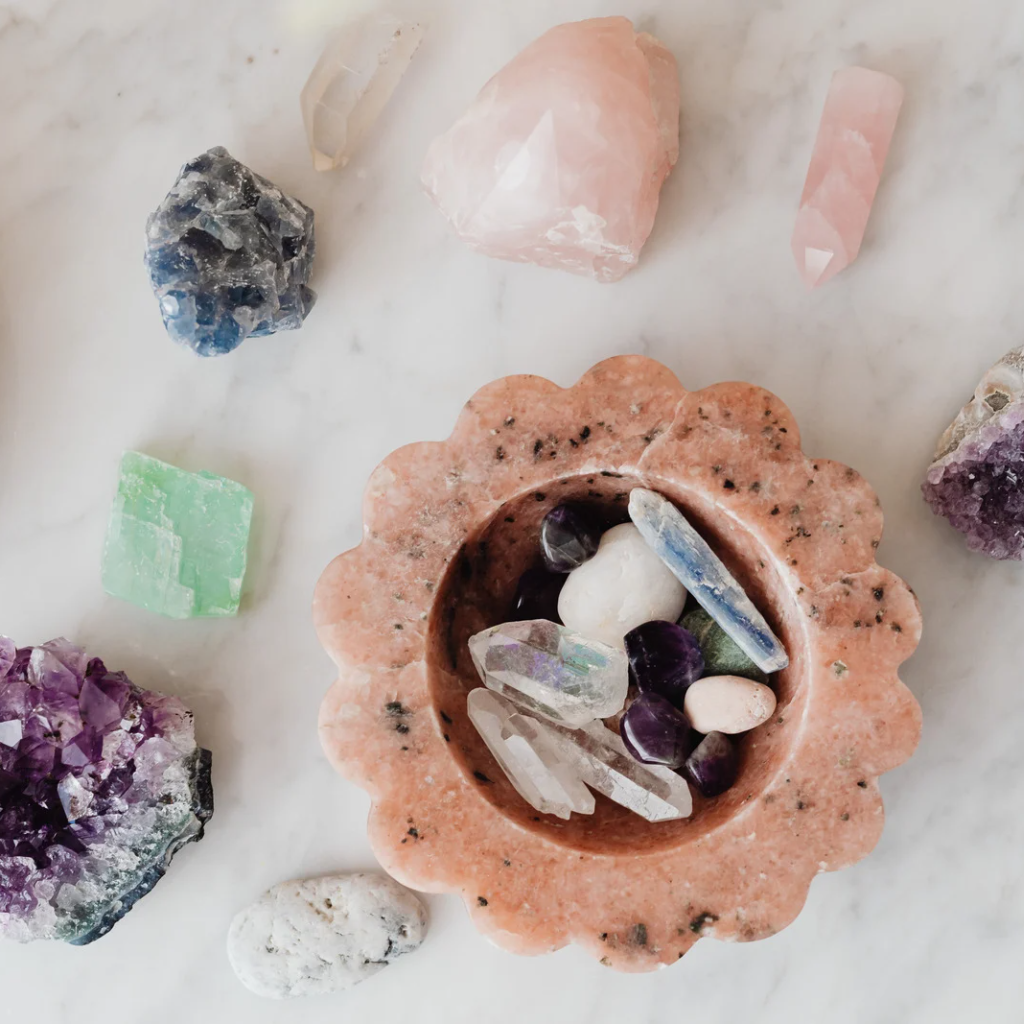What Is A Yoga Wheel and How To Use It In Your Practice?

A yoga wheel is a hollow, circular shaped prop designed for aiding stretching, releasing tension and improving flexibility. It’s a relatively new prop in the yoga world but is growing quickly in popularity. Perhaps this is because of all the ways you can use a wheel, it’s a versatile and fun addition to many poses.
So if you’ve never even seen a yoga wheel before, or are already considering adding one to your practice, read on to find out more!
Benefits of adding a wheel to your practice:
- Helps with challenging poses
- Tests your balance
- Encourages core engagement
- Can be used to deepen a stretch OR make it more accessible
6 Ways to use a wheel
There are so many ways to incorporate a yoga wheel to your practice. Before attempting any of the poses below make sure you have warmed up your body to avoid injury. Sun salutations are an excellent way to warm up, I would recommend 5-7 rounds and some cat/cow stretches before diving into the suggestions below.
Spinal Stretch
 Probably the simplest wheel-assisted pose. This is a lovely backbend and the wheel gives your spine a little more support. Position the wheel in the centre of your back and gently lay back over it. Let your arms fall out to the side and then let your head release back (being mindful of any neck problems).
Probably the simplest wheel-assisted pose. This is a lovely backbend and the wheel gives your spine a little more support. Position the wheel in the centre of your back and gently lay back over it. Let your arms fall out to the side and then let your head release back (being mindful of any neck problems).
High Lunge (Ashta Chandrasana)
 Adding a wheel underneath your back foot turns high lunge into a challenging balance. Keep the chest lifted and core engaged.
Adding a wheel underneath your back foot turns high lunge into a challenging balance. Keep the chest lifted and core engaged.
If you’re struggling with your balance here finding your Drishti might help. Drishti, commonly known as the 'yogic gaze', is a soft and steady point of focus. Finding your Drishti means identifying a spot to focus on (normally on the floor, a metre or so in front of you) to help maintain balance in postures such as this.
Side Lunge (Skandasana)

Lift the extended leg in your side lunge using a wheel. This will make getting the heel of the base foot down to the ground much more challenging, so can be a nice way to challenge yourself in this pose. A lovely option here is to bring a twist, opening the chest towards the sky as in the picture below.
Plank

Already a tough core exercise - adding the wheel beneath your back feet takes plank pose up another level! This encourages engagement of not only all the muscles in the core, but in the legs and glutes too!
Yogi Squat (Malasana)

This pose takes practice! Malasana balancing on top of the wheel is an incredibly difficult balancing posture. To get into this it’s best to start near a wall. Have your hands on the wall for balance as you place on foot on top of the wheel in the centre. Slowly start to lift your other foot off the floor, placing it next to the foot on the wheel. When both feet are on the wheel start to bend the knees and sink into your squat, encouraging the knees to stay wide and hips open. Another option for this if you want to move away from the wall is to place blocks either side of the wheel to stop it rolling away as you try to mount the wheel and find your balance.
Splits (Hanumanasana)

Splits is an advanced asana requiring length in the hamstrings, quads and hip flexors. If you’re already comfortable in your front splits, use the wheel to work into an over split.


Leave a comment